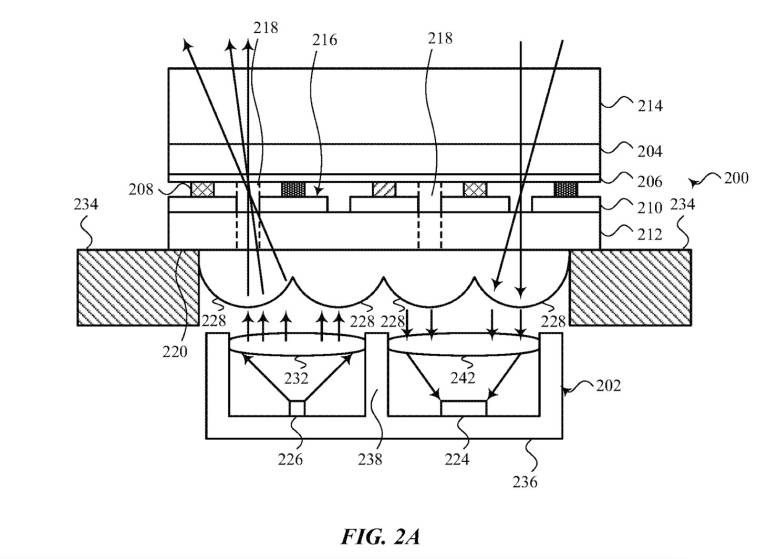Rumors say the iPhone 13 will feature a narrower notch than any of its predecessors. Since the iPhone X, we’ve had to accept this small bezel protrusion. It’s a compromise that’s needed for an amazing feature that has no equal on Android. Many have tried to copy Face ID. But they all gave up in favor of the under-display fingerprint sensors that are significantly less secure. Apple won’t be happy with just reducing the size of the iPhone’s notch. Reports say that the company is looking to remove it from the iPhone entirely and deliver the perfect screen design. That doesn’t mean Apple plans to ditch the iPhone’s iconic 3D face recognition feature. A new patent indicates that Apple has a clear plan to deliver the perfect iPhone design. It wants to place all Face ID sensors under the screen. The same tech would also allow Apple to bring Touch ID back on the iPhone, a feature missed by so many fans.
It doesn’t have to be Face ID or Touch ID
iPhone users who rely on Face ID to unlock everything on their iPhones and iPad Pros know how convenient this biometric functionality really is. It’s not just the lock screen that Face ID unlocks. It’s every password-protected app or service on the iPhone. That certainly beats having to use Touch ID every time you need to enter a password or unlock the phone.
Then again, Touch ID works on iPhone with face masks on. And it unlocks the iPhone as soon as you take it out of your pocket.
But having both sensors on the same iPhone would give the user more choice on using biometrics to unlock the handset securely as well as other password-protected data.

The sensors in the screen
The USPTO awarded a brand new patent to Apple, patent number 11,067,884: Through-display optical transmission, reception, or sensing through micro-optic elements. Found by Apple Insider, the patent makes no specific mention of Face ID or Touch ID.
It might not be immediately clear what sort of technology it describes. But the patent does make it clear that Apple wants to be able to place sensors under the display that would be able to detect anything outside of the phone. The sensors could obtain 2D images of an object, which is what an optical in-display Touch ID sensor would do. The tech would also capture a 3D image of an object or user, which is what Face ID does. “In some cases, the 2D or 3D image may be an image of a fingerprint, a face, or a scene in a field of view (FoV),” Apple explains.
The key components making everything possible are tiny inconspicuous translucent apertures that would allow light to pass through the display.

iPhone 13 won’t get Touch ID
Apple isn’t satisfied solely with placing the sensors under the screen. It wants them to work without hindering the screen experience. The user shouldn’t be able to tell that a portion of the display is being used to beam or receive light:
When an optical transmitter, receiver, or sensor is positioned under a device’s display, a portion of the device’s display surface does not have to be reserved for the optical transmitter, receiver, or sensor, and in some cases, the size of the device’s display may be increased.
That’s to say Apple is indeed working on the perfect iPhone design. The Galaxy Fold 3 might be the world’s first foldable (and first Samsung phone) with an under-display camera. But rumors already say the camera region will be visible to the user.
Other rumors said the iPhone 13 would bring back Touch ID, but that no longer appears to be the case. Apple has reportedly tested the feature, but it’s not coming this year. As for the tech in the new patent, it’s unclear when or even if it will be incorporated into a commercial product.








